H5N1 Avian Influenza
 www.nbcnews.com
www.nbcnews.com
Experts maintain the milk supply is safe. Their focus is on keeping the people who work with cows from getting sick.
>The U.S. government announced new measures yesterday to slow the spread of the H5N1 influenza virus among cattle, following the revelation that milk sold commercially in 10 states contained fragments of the virus. An order issued by the U.S. Department of Agriculture (USDA) restricts the movement of dairy cattle between states and mandates the reporting of infected cows.
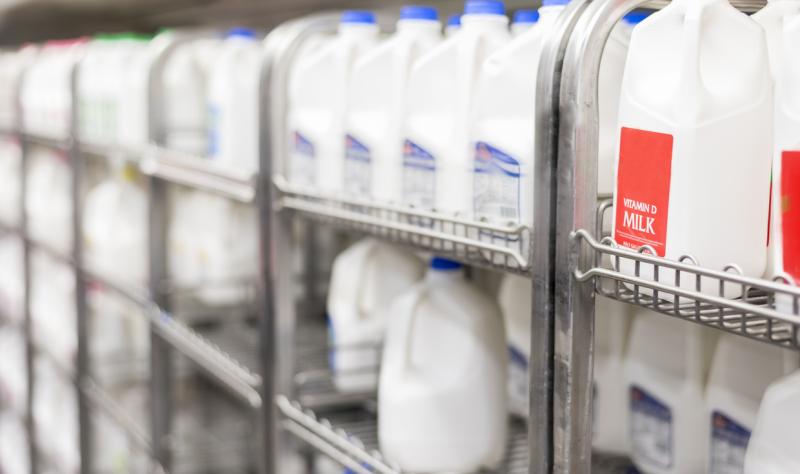 www.cidrap.umn.edu
www.cidrap.umn.edu
>A senior official from the US Food and Drug Administration (FDA) said today that its nationwide survey of retail milk has found remnants of H5N1 avian flu viruses in one in five samples, with the highest concentrations in regions where outbreaks in dairy cattle have been reported. >Donald Prater, DVM, acting director of the FDA Center for Food Safety and Applied Nutrition (CFSAN), shared the new findings with state health officials who took part in a scientific symposium on H5N1 hosted by the Association of State and Territorial Health Officials (ASTHO). The results come in the wake of earlier findings this week from more limited FDA sampling, along with similar findings from a smaller set of samples tested by a lab that's part of the National Institute of Allergy and Infectious Diseases Centers of Excellence for Influenza Research and Response (CEIRR) Network.
>The response has echoes of the early days of 2020, when the coronavirus began its deadly march around the world. Today, some officials and experts express frustration that more livestock herds aren’t being tested for avian flu, and that when tests and epidemiological studies are conducted, results aren’t shared fast enough or with enough detail. They fear that the delays could allow the pathogen to move unchecked — and potentially [acquire the genetic machinery](https://www.washingtonpost.com/health/2024/04/01/bird-flu-human-case-cow-texas/) needed to spread swiftly among people. One dairy worker in Texas has already fallen ill amid the outbreak, the second U.S. case ever of this type of bird flu.
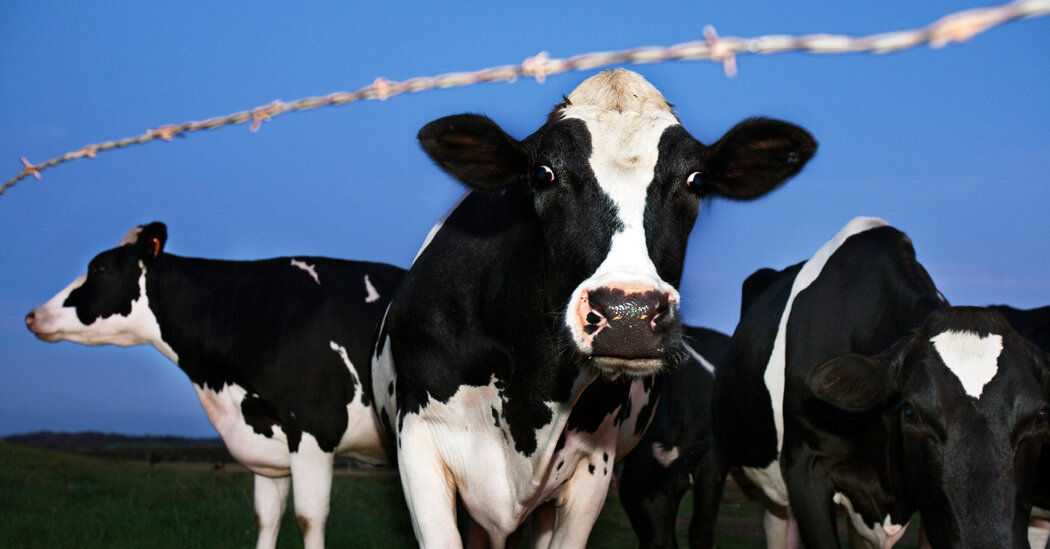 www.nytimes.com
www.nytimes.com
“So far there is only one confirmed human case. Rick Bright, an expert on the H5N1 virus who served on President Joe Biden's coronavirus advisory board, said, 'there's a fine line between one person and 10 people with H5N1. By the time we've detected 10, it's probably too late'.” Article continues…
 www.cidrap.umn.edu
www.cidrap.umn.edu
>A day after the Food and Drug Administration (FDA) [announced](https://www.fda.gov/food/alerts-advisories-safety-information/updates-highly-pathogenic-avian-influenza-hpai) that H5N1 avian flu fragments have been found in retail milk samples, the US Department of Agriculture (USDA) today [announced](https://www.usda.gov/media/press-releases/2024/04/24/usda-actions-protect-livestock-health-highly-pathogenic-h5n1-avian) that lactating dairy cows must be tested before interstate transport. >The movement of dairy cows, some of which aren't showing disease symptoms, from already affected states such as Texas has been a source of H5N1 spread to dairy herds in states such as Idaho and Michigan. Also, the identification of virus fragments in finished milk suggests that the virus may be more widespread in dairy cows than currently known.
“Thijs Kuiken, an avian influenza researcher at Erasmus Medical Center, says the “very sparse” information released by the U.S. government has international implications, too. State and federal animal health authorities have “abundant information … that \[has] not been made public, but would be informative for health professionals and scientists” in the United States and abroad, he says, “to be able to better assess the outbreak and take measures, both for animal health and for human health.” He notes that even the new sequences released by USDA do not include locations of the samples or the date they were taken. The release appears to include data from only 39 cows.”
 www.statnews.com
www.statnews.com
“The agency said it has been trying to see if it could grow virus from milk found to contain evidence of H5N1, which is the gold standard test to see if there is viable virus in a product. The lengthy statement the agency released does not explicitly say FDA laboratories were unable to find live virus in the milk samples, but it does state that its belief that commercial, pasteurized milk is safe to consume has not been altered by these findings.”
 www.statnews.com
www.statnews.com
The genetic data point to a single spillover event that probably occurred in late 2023, Michael Worobey, an evolutionary virologist at the University of Arizona, told STAT on Tuesday.
A new strain of avian flu has been sweeping the globe since 2020, leaving thousands of dead seabirds in its wake. This past summer, it arrived at a colony of Caspian terns at Rat Island in the Salish Sea, with catastrophic results.
 www.mdpi.com
www.mdpi.com
Highly pathogenic avian influenza (HPAI) viruses circulate in wild birds and can infect domestic poultry. H5NX 2.3.4.4b is a clade of HPAI responsible for major avian epidemics seen in Europe in the 2016–2017 and 2020–2021 seasons, with the 2021–2022 season being the largest so far in terms of geographic spread and number of detections in non-avian animals [1]. While in recent months poultry infections have declined, HPAI H5NX continues to circulate in wild birds, and HPAI H5N1 genotypes have infected several mammal species in Europe, the Americas, and Asia [2]. Indeed, HPAI H5N1 detected in red foxes in The Netherlands have been found to carry a PB2-E627K mutation that increases viral replication in mammalian cells [3]. Furthermore, HPAI H5N1 was identified to have a neurotropism in these foxes, causing infection in the brain.
 www.citizen.co.za
www.citizen.co.za
South Africa’s poultry industry is under siege as it grapples with two distinct bird flu strains – H5N1 and H7N6.
 www.efsa.europa.eu
www.efsa.europa.eu
While the situation in poultry has eased over the summer, highly pathogenic avian influenza (HPAI) virus continued to affect seabirds in Europe, mostly along coastlines. As the autumn migratory season starts, the protection of poultry and other farmed animals from wild birds should be prioritised. Biosecurity should be enhanced in fur animal farms.
 www.ecdc.europa.eu
www.ecdc.europa.eu
Executive summary Following the autumn bird migration, avian influenza virus outbreaks are expected to occur and spread geographically across the EU/EEA. The transmission of avian influenza viruses to wild, domesticated and farmed mammals will be likely to continue. Whenever avian influenza viruses are present in wild birds and mammals, the possibility of transmission to humans cannot be excluded, particularly for those who are directly exposed while not wearing protective equipment. During the winter months when seasonal influenza viruses are circulating in the population, testing and sub-typing approaches for avian influenza virus need to be proportionate to the epidemiological situation and the capacities of reference laboratories. Therefore, a risk-based targeted approach is proposed in areas with ongoing avian influenza outbreaks in poultry and detections in wild birds and other animals, focussing on outbreaks and severe respiratory or unexplained neurological disease.
Great article, definitely recommend. Excerpt: A staggering number of variables influence the risks: bird behavior, the nature of the pathogens, the insects and other vectors that help spread them, and humans’ own habits and effects on the landscape. And as the world warms there’s a new variable to consider, says Martin Beer, a veterinarian at the Friedrich Loeffler Institute (FLI) who is Günther’s Ph.D. supervisor. “Bird migration, breeding, and everything is connected to climate change.” As birds migrate to feed or breed, rising temperatures and changing moisture patterns are likely to affect where they go, how long they stay, and what pathogens they meet. The VEO group is on particularly high alert for birds that travel through Europe to the Arctic, which is warming faster than any other part of Earth and serves as a mixing pot for many species.
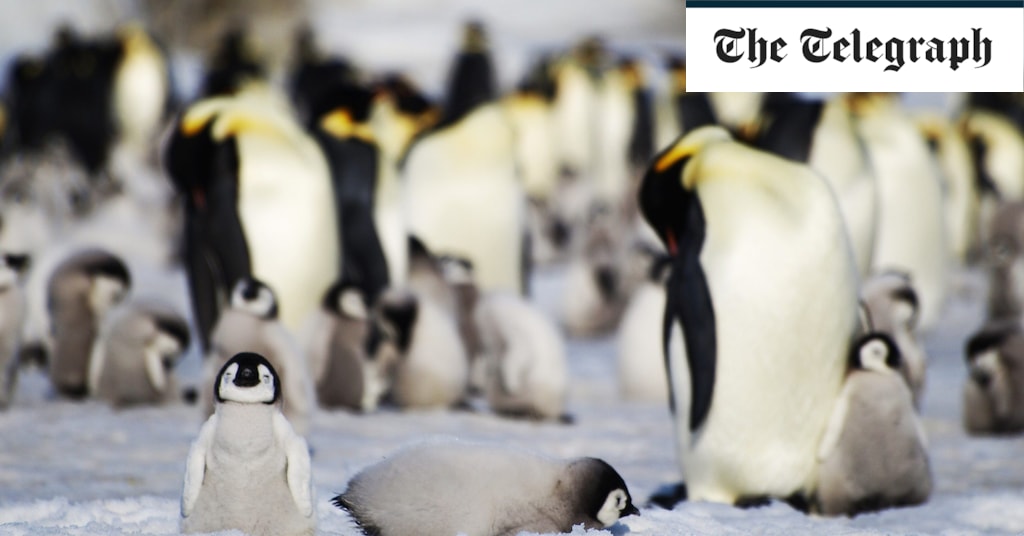 www.telegraph.co.uk
www.telegraph.co.uk
This is awful. 😭💔 ----------------- Thousands of penguins could be wiped out across Antarctica as the continent braces for the arrival of bird flu, experts fear. In an exclusive interview with the Telegraph, the head of polar regions for the Foreign, Commonwealth and Development Office warned that the infection, which has killed millions of birds across the globe over the past year, will have deadly consequences once it reaches the region. “It could be absolutely devastating,” said Dr Jane Rumble, OBE. “We’re saying when, not if.”
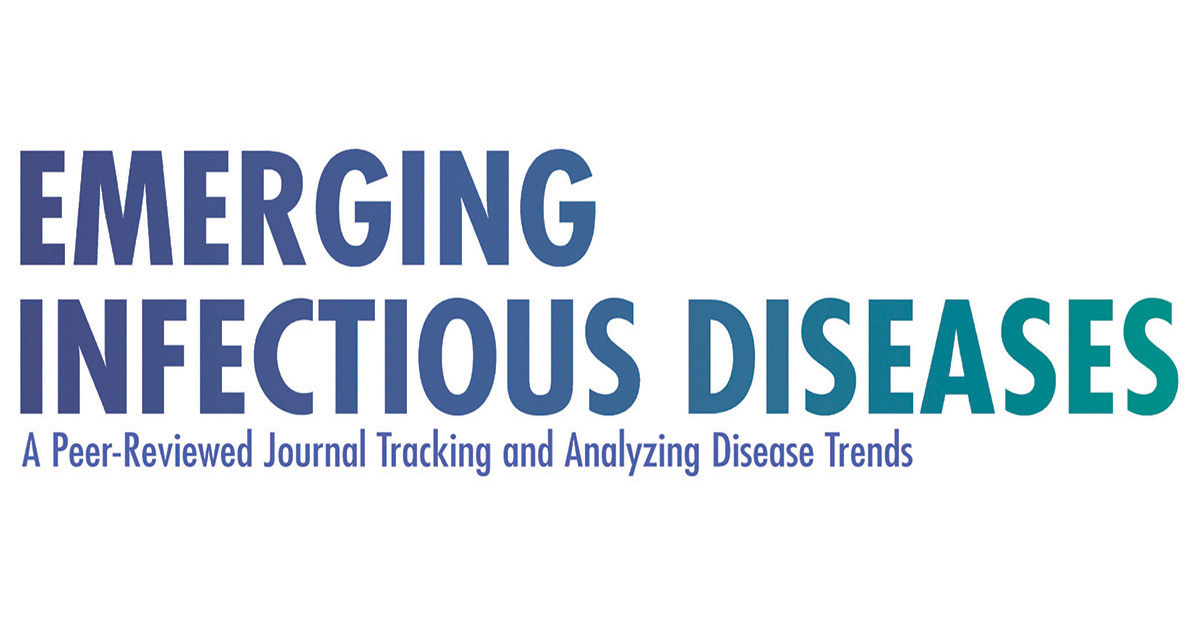 wwwnc.cdc.gov
wwwnc.cdc.gov
Abstract Wholly Eurasian highly pathogenic avian influenza H5N1 clade 2.3.4.4b virus was isolated from 2 free-ranging black bears with meningoencephalitis in Quebec, Canada. We found that isolates from both animals had the D701N mutation in the polymerase basic 2 gene, previously known to promote adaptation of H5N1 viruses to mammal hosts
 galapagosconservation.org.uk
galapagosconservation.org.uk
Three birds found dead in the Galapagos Islands have tested positive for avian influenza (H5N1), according to preliminary results released by the Galapagos National Park Directorate (GNPD) on Tuesday 19 September.
 www.dutchnews.nl
www.dutchnews.nl
Some 1,800 day-old chicks have been vaccinated against bird flu as a first step in a two-year trial to test the effectiveness of two vaccines but experts say the process could be speeded up. Over seven million chickens, ducks and turkeys have been killed in the last two years as a result of the spread of the highly contagious bird flu virus, which experts fear has become endemic.
 www.washingtonpost.com
www.washingtonpost.com
The strain of avian influenza, or bird flu, known as H5N1 has proved to be alarmingly adept at jumping continents and species. First discovered in 1996 in geese bred on a farm in southern China, the virus has rampaged through populations of captive, commercial birds in recent years, prompting governments to order the slaughter of tens of millions of turkeys, chickens and other poultry to limit the opportunity for contagion. One result: higher food prices. Carried by infected wild birds, particularly geese, swans and gulls, the virus has also been gaining a foothold in many types of mammals. That includes a small number of humans, where it has proven to be lethal. Now seemingly able to spread from mammal to mammal — as seen with mink on a Spanish farm and Peruvian sea lions — the ever-evolving virus has public-health officials on alert for any indications of the most feared outcome: human-to-human transmission that could trigger a pandemic.
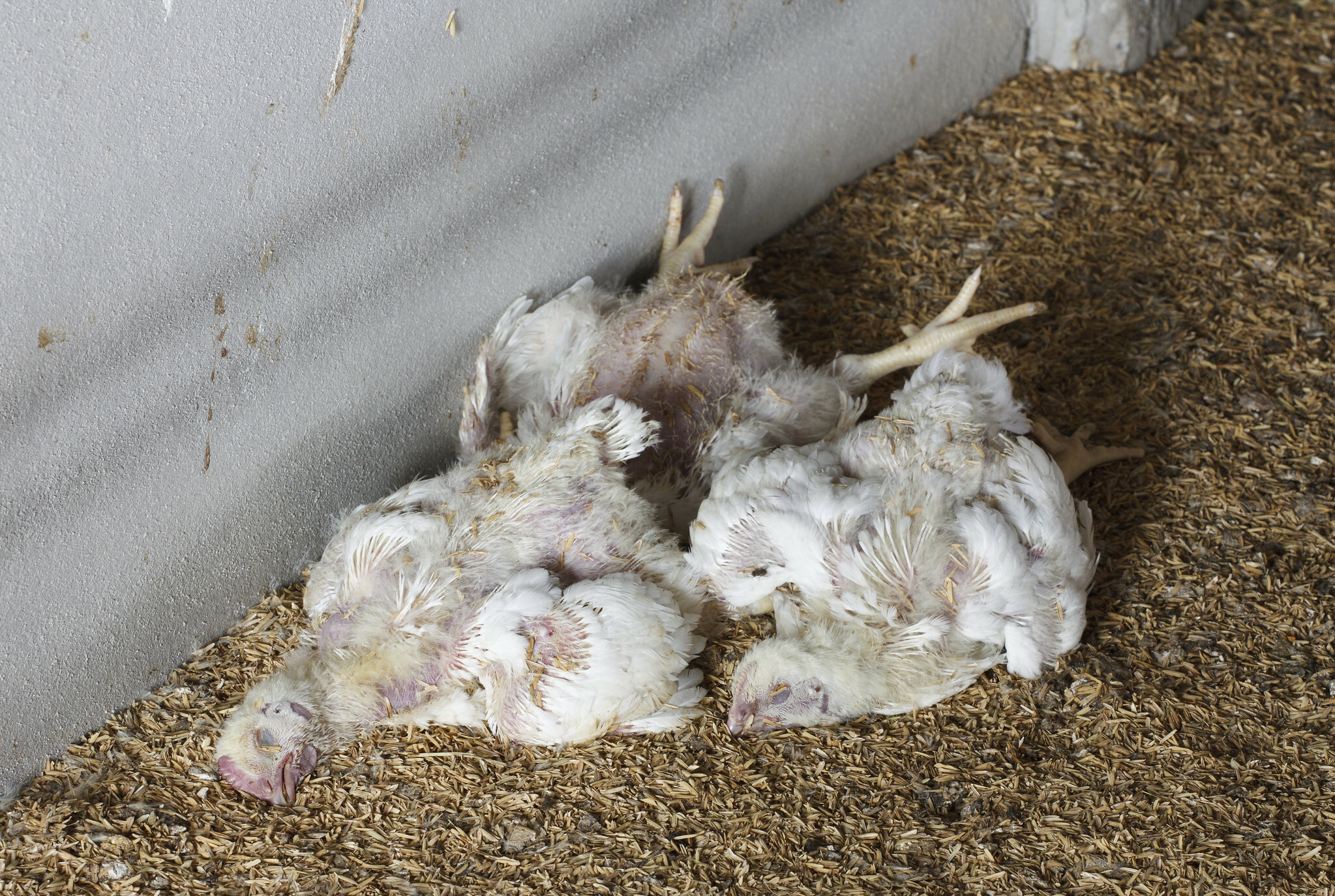 www.thepoultrysite.com
www.thepoultrysite.com
Through the spring and fall of 2022, Highly Pathogenic Avian Influenza Virus (HPAI) triggered the on-farm culling of over 1.4 million birds in Alberta, Canada. This new research investment aims to reduce the impact of future HPAI outbreaks and is crucial to securing a safe food supply and a stable poultry industry in the province, according to a Results Driven Agriculture Research (RDAR) press release.
Highlights Highly pathogenic avian influenza (HPAI) H5Nx viruses can cause neurological complications in many mammalian species, including humans. Neurological disease induced by HPAI H5Nx viruses in mammals can manifest without clinical respiratory disease. HPAI H5Nx viruses are more neuropathogenic than other influenza A viruses in mammals. Severe neurological disease in mammals is related to the neuroinvasive and neurotropic potential of HPAI H5Nx viruses. Cranial nerves, especially the olfactory nerve, are important routes of neuroinvasion for HPAI H5Nx viruses. HPAI H5Nx viruses have a broad neurotropic potential and can efficiently infect and replicate in various CNS cell types. Vaccination and/or antiviral therapy might in part prevent neuroinvasion and neurological disease following HPAI H5Nx virus infection, although comprehensive studies in this area are lacking.
 en.mercopress.com
en.mercopress.com
Coast Guard and port authorities in the Argentine beach resort of Mar del Plata Saturday closed the South breakwater after the National Service of Agrifood Health and Quality (Senasa) confirmed two cases of the Highly Pathogenic Avian Influenza (HPAI) H5 in sea lions in the area where 4 dead specimens were found.
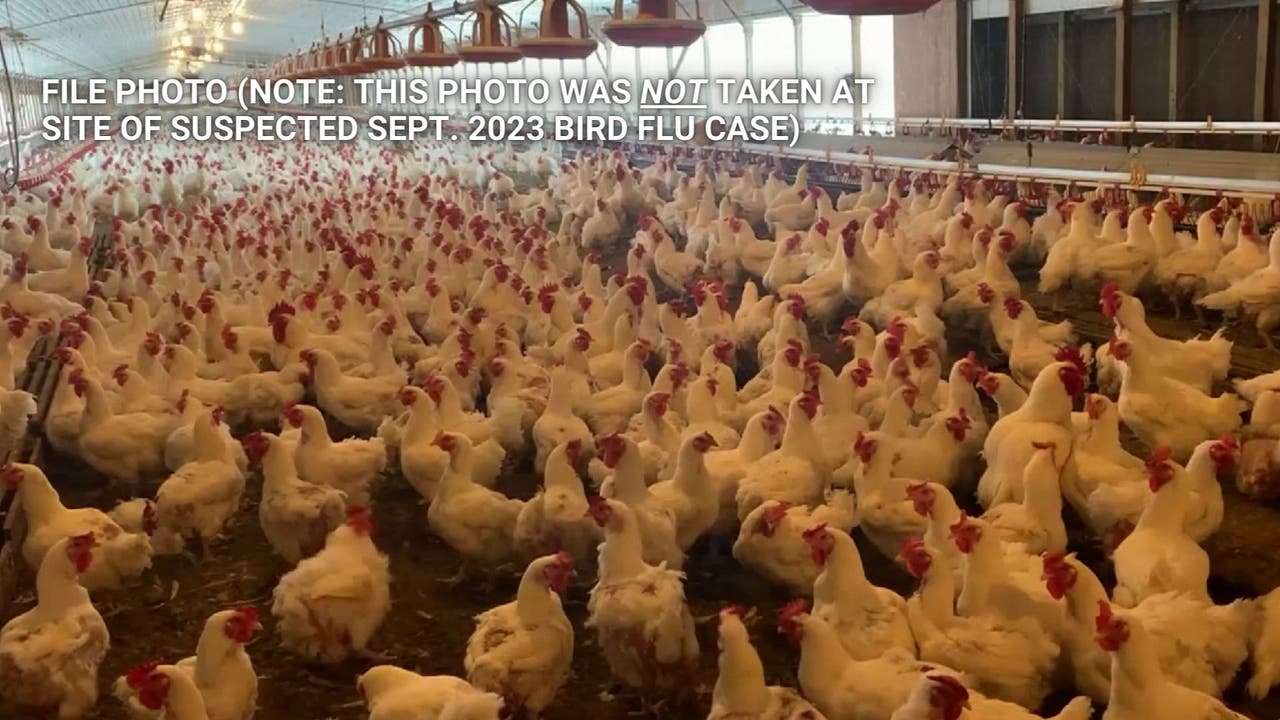 www.foxla.com
www.foxla.com
LOS ANGELES - Los Angeles officials are sounding the alarm after a suspected bird flu, or highly pathogenic avian influenza (HPAI), was reported in the area. The city – whose announcement was written in a joint statement with the Los Angeles County Public Health – did not specify where or when the suspected case may have been detected. It is also unknown if humans were impacted by the suspected bird flu case.
 www.nationaltrust.org.uk
www.nationaltrust.org.uk
The National Trust has today announced that over 7,000 seabirds have sadly died from avian influenza (bird flu) this year across its most precious sites for seabird colonies around the coast of England, Wales and Northern Ireland.
LANSING, MI While the Michigan Department of Agriculture and Rural Development (MDARD) has not reported any new cases of highly pathogenic avian influenza (HPAI) in domestic poultry flocks since March 2023, MDARD continues to receive and investigate calls regarding sick domestic birds, and the virus is still being detected across the nation. These detections coupled with the fall migration of wild birds means it is necessary to continue following precautionary measures to protect domestic flocks and keep birds healthy.
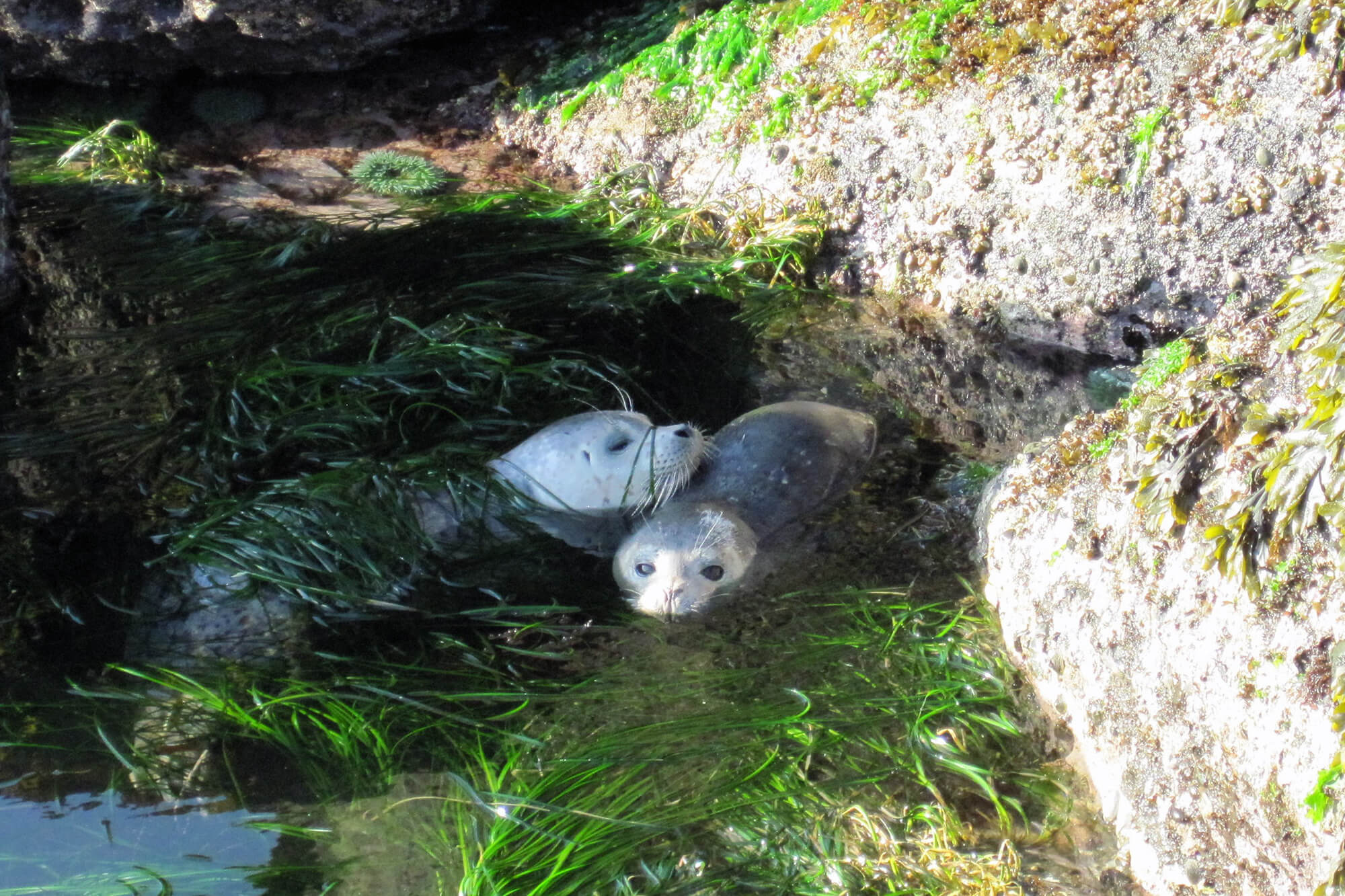 www.fisheries.noaa.gov
www.fisheries.noaa.gov
Test results confirm H5N1; officials urge beachgoers to avoid contact with wildlife.
Excerpt: Since the outbreak, Wadars said its staff have been working closely with Defra and specialist contractors in order to put in place the ‘rigorous programme of cleansing and disinfection’ that is ‘necessary to eliminate this disease’. "Due to the intricacies of the cleansing programme and the highly infectious nature of the disease, the painstaking work could take up to three months to complete at a likely cost of around £25,000,” a spokesperson for the charity said. ‘Throughout the crisis’, the wildlife helpline and mobile wildlife rescue service has continued to operate and is on track to have responded to more than 1,400 calls for help from members of the public by the end of the year. Wadars has also continued to find forever homes for a range of companion animals, which were not affected by the outbreak.
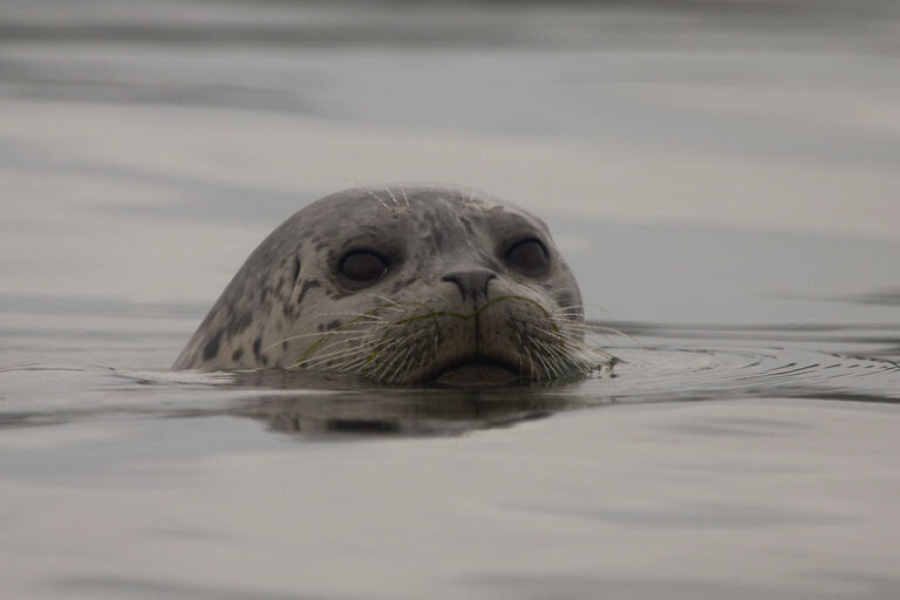 www.columbian.com
www.columbian.com
A bird flu outbreak around Fort Flagler State Park near Port Townsend may be spreading to mammals, according to the state Department of Health. As of last week, an outbreak of a deadly strain of the avian influenza had likely killed 1,700 gulls and Caspian terns on Rat Island – a small wildlife preserve near the state park, and its adjacent shores. The island is currently closed due to the outbreak. The Department of Health said Friday that preliminary results show three harbor seals in the area have likely been infected with the disease, though confirmation testing is still pending.
 www.nature.com
www.nature.com
Abstract: Highly pathogenic avian influenza (HPAI) A/H5N1 viruses (lineage 2.3.4.4b) are rapidly invading the Americas, threatening wildlife, poultry, and potentially evolving into the next global pandemic. In November 2022 HPAI arrived in Peru, triggering massive pelican and sea lion die-offs. We report genomic characterization of HPAI/H5N1 in five species of marine mammals and seabirds (dolphins, sea lions, sanderlings, pelicans and cormorants). Peruvian viruses belong to lineage 2.3.4.4b, but they are 4:4 reassortants where 4 genomic segments (PA, HA, NA and MP) position within the Eurasian lineage that initially entered North America from Eurasia, while the other 4 genomic segments (PB2, PB1, NP and NS) position within the American lineage (clade C) that circulated in North America. These viruses are rapidly accruing mutations, including mutations of concern, that warrant further examination and highlight an urgent need for active local surveillance to manage outbreaks and limit spillover into other species, including humans.
 www.independent.co.uk
www.independent.co.uk
Preparations are needed for future pandemics, a public health expert has said, amid concerns about the “signals” from bird flu. Professor Devi Sridhar of Edinburgh University, who advised the Scottish Government during the coronavirus outbreak, said action was needed to avoid a repeat of that, describing it as a “tragedy for lives lost but also the restrictions put in place”.
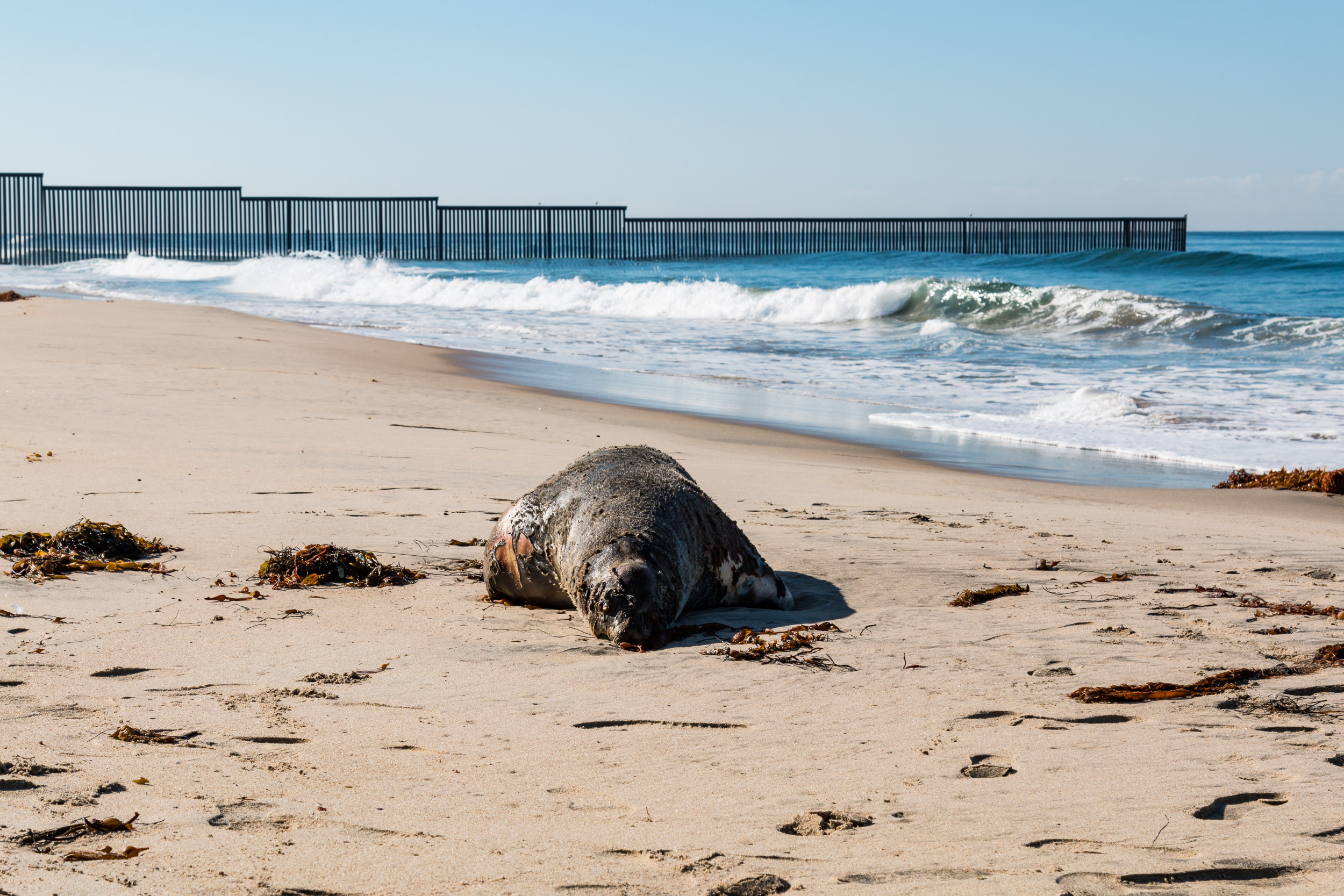 www.newsweek.com
www.newsweek.com
Large numbers of sea lions have been found dead along the Argentinian coast as a result of avian influenza, or bird flu. This most recent influx of dead sea lions marks another swath of marine mammals dying from the viral infection across South America. The Patagonian environmental authority said in a statement that 50 sea lions have been found dead so far with symptoms matching bird flu.
This is a VERY long report, but it's one of the most comprehensive summaries of H5N1 I've seen so far. > Abstract: >Between 29 April and 23 June 2023, highly pathogenic avian influenza (HPAI) A(H5N1) virus (clade 2.3.4.4b) outbreaks were reported in domestic (98) and wild (634) birds across 25 countries in Europe. A cluster of outbreaks in mulard ducks for foie gras production was concentrated in Southwest France, whereas the overall A(H5N1) situation in poultry in Europe and worldwide has eased. In wild birds, black-headed gulls and several new seabird species, mostly gulls and terns (e.g. sandwich terns), were heavily affected, with increased mortality being observed in both adults and juveniles after hatching. Compared to the same period last year, dead seabirds have been increasingly found inland and not only along European coastlines. As regards mammals, A(H5N1) virus was identified in 24 domestic cats and one caracal in Poland between 10 and 30 June 2023. Affected animals showed neurological and respiratory signs, sometimes mortality, and were widely scattered across nine voivodeships in the country. All cases are genetically closely related and identified viruses cluster with viruses detected in poultry (since October 2022, but now only sporadic) and wild birds (December 2022–January 2023) in the past. Uncertainties still exist around their possible source of infection, with no feline-to-feline or feline-to- human transmission reported so far. Since 10 May 2023 and as of 4 July 2023, two A(H5N1) clade 2.3.4.4b virus detections in humans were reported from the United Kingdom, and two A(H9N2) and one A(H5N6) human infections in China. In addition, one person infected with A(H3N8) in China has died. The risk of infection with currently circulating avian H5 influenza viruses of clade 2.3.4.4b in Europe remains low for the general population in the EU/EEA, low to moderate for occupationally or otherwise exposed people to infected birds or mammals (wild or domesticated).
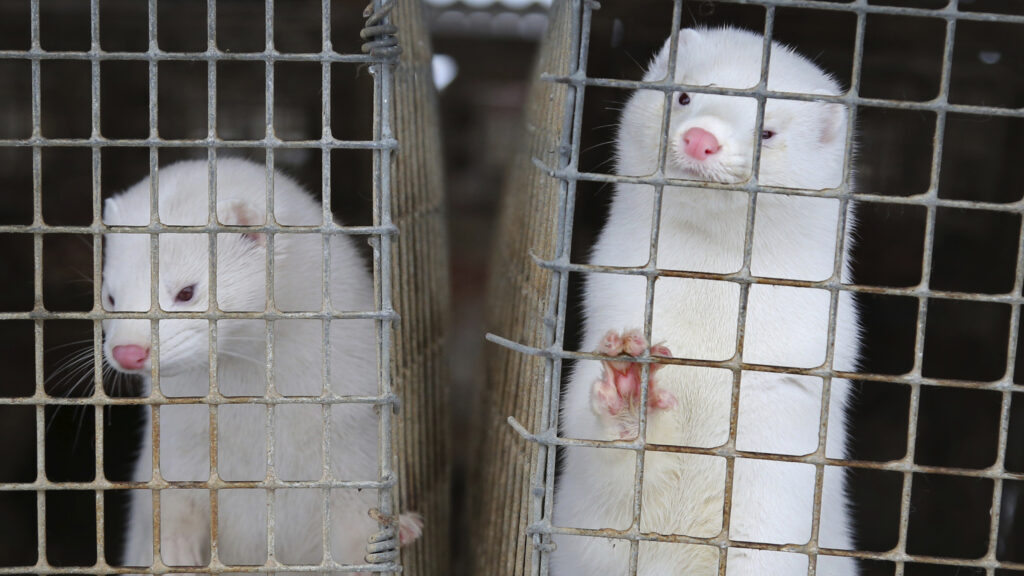 www.statnews.com
www.statnews.com
...But when she and her colleagues went to a farm housing foxes and mink last week, the shrieking of the birds that normally surround the barns was gone, so thinned out were their flocks. Dead gulls littered the ground. The usual barking from the foxes was also missing. “They were in such a bad condition,” Sironen said about the foxes she saw. She said she walked through two shelters, with some 100 meters of cages on both sides. Only a few had a healthy animal left. “Everything else was either dead or dying.” The research team, decked out in full PPE, was witnessing the toll of the spread of a highly pathogenic avian influenza, H5N1, which has reached nearly every corner of the globe in recent years and decimated untold millions of birds, domestic and wild. But the virus hasn’t been restricted to birds. It is now causing outbreaks among mammals at a scale previously unseen, including in the past month at a number of Finnish fur farms, home to mink, foxes, and raccoon dogs.
 www.acsh.org
www.acsh.org
Although COVID-19 is giving us a temporary respite, influenza in humans and animals remains a serious threat. Its deadly H5N1 strain is spreading geographically and in more species of mammals, making the emergence of a pandemic strain more likely. We need to prepare.
The Department for Agriculture, Environment and Rural Affairs (DAERA) has confirmed the positive results for highly pathogenic avian influenza (HPAI) or bird flu. A DAERA spokesperson said: "HPAI has now also been detected in two fox cubs along with wild birds in the Portrush area. While this is the first time mammals have been confirmed as having influenza of an avian strain in Northern Ireland, it is not unexpected. There have been findings of AI in mammals over recent months across Europe, Great Britain, and the Republic of Ireland."
Avian influenza has been identified in a New York City live bird market, the nation’s first outbreak in domestic poultry since May. Some 660 birds were at the Brooklyn market, according to USDA. All 12 species at the market, including guineas, Muscovy ducks, silkies and red fowl, tested positive for avian influenza. Chukars did not have an H5 strain of the pathogen, the Pennsylvania Ag Department told industry stakeholders. (Article continues.)
 jamanetwork.com
jamanetwork.com
Excerpt: This spring, Runstadler and colleagues published a study in Emerging Infectious Diseases reporting H5N1 virus spillover into New England harbor and gray seals found stranded off the coast of Maine in June and July of 2022. The data did not support seal-to-seal transmission as the main route of infection, and Runstadler and his coauthors concluded that the seals were likely infected “through environmental transmission of shed virus.” More recently, Peru reported nearly 3500 dead sea lions affected by avian influenza off the country’s coast this March. And in May, Chile reported the deaths of 9420 marine mammals infected with the virus, including more than 8000 sea lions and more than 1000 Humboldt penguins. “For the most part, I think this is still bird to mammal [transmission], but it is very difficult to discern in the short-term,” Runstadler wrote in his email. “The number of different marine mammal infections is cause for concern,” he added, “and certainly if we detected sustained die-off or transmission in these hosts, it would be of greater concern.”
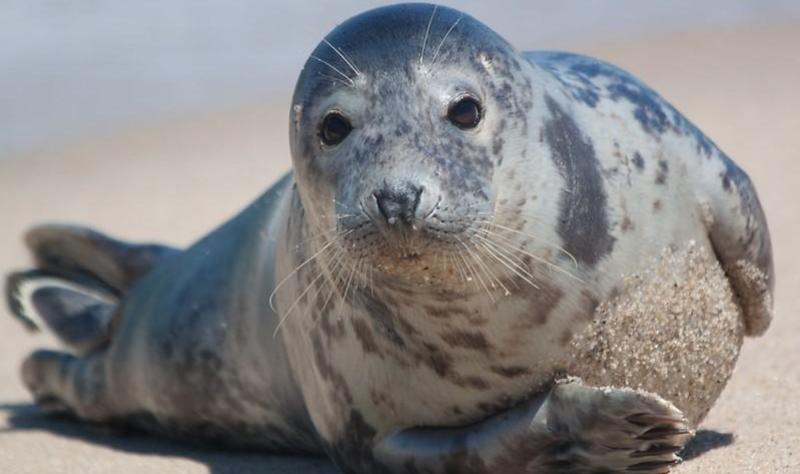 www.cidrap.umn.edu
www.cidrap.umn.edu
Finland's Food Authority today reported H5N1 on two more fur farms, both housing foxes, as Norway and Germany reported virus detections in mammals. The two new fur farm outbreaks occurred in earlier-affected areas and raise the number of outbreaks to 14. One of the new detections was at a facility that raises blue foxes, and the other was as a farm housing blue fox and cross fox, a variant of red fox that has a black stripe running down the back. Elsewhere, Norway reported the virus in a red fox pup found dead in late June under a house in the city of Tromso in the northern part of the country, according to a notification from the World Organization for Animal Health (WOAH). In Germany, government officials from Schleswig-Holstein state today reported said tests on a seal found dead at a seal station in the Wadden Sea were positive for H5N1, according to a statement translated and posted by Avian Flu Diary, an infectious disease news blog. The testing was conducted by the Friedrich Loeffler Institute. Schleswig-Holstein state is located in far northern Germany. (Article continues.)
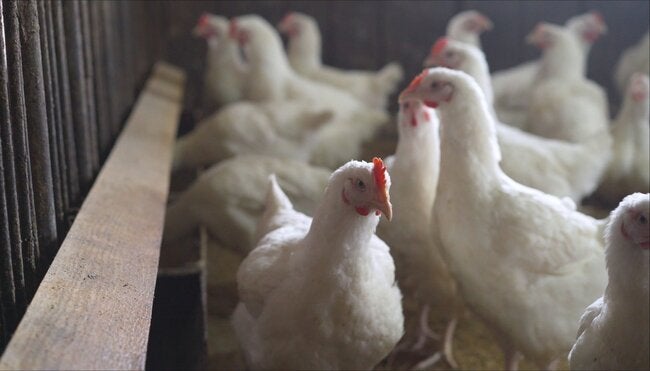 www.paho.org
www.paho.org
July 2023 (PAHO/WHO)—In January this year, the Pan American Health Organization (PAHO) warned about outbreaks of highly pathogenic avian influenza in birds in countries of the Americas. For the first time, a human case of avian influenza A (H5N1) was also confirmed in a Latin American country. Since then, 16 countries have reported cases in birds and other animals and, until the first week of July 2023, two countries have confirmed human infections.